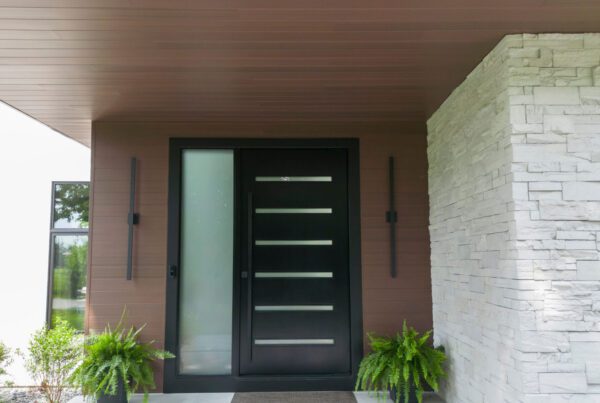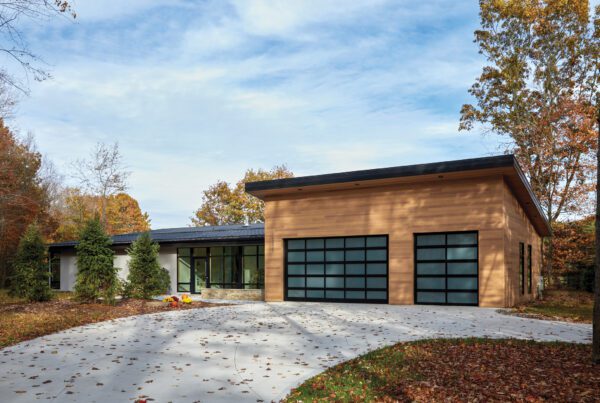In addition to style and color, one of the most important choices when siding a home is the siding material. When you weigh the merits of vinyl siding and steel siding, it helps to look at the differences based on a few characteristics.

Material Safety
Steel’s reputation as a “clean” material is evident from its use everywhere from commercial kitchens to surgical applications. Vinyl, on the other hand, is manufactured primarily from polyvinyl chloride (PVC), a toxic chemical containing plastic. Dioxin, which is a cumulative toxin, is created from the manufacture and incineration of PVC. In addition to dioxin and chloride, PVC often contains lead, mercury, and various hormone disruptors.

Disposal
Steel is among the most recycled materials on the planet at the end of its service, and it can be recycled over and over. Currently there are no recycling programs for vinyl siding. Vinyl siding ends its lifecycle in a landfill, where it slowly degrades, releasing dioxins and other toxins to the soil and groundwater.

Fading
Vinyl siding colors exhibit sun fading over time, while well-crafted steel siding like TruCedar® exhibits excellent fade resistance. Unlike evaporative paint systems, TruCedar’s SunMaster50™ is a thermally set interlock paint system that provides a harder, more durable and extremely fade resistant surface. When homeowners attempt to paint over faded vinyl, eventually the result will be cracked and peeling paint.

Flammability
Steel offers exceptional fire resistance. With vinyl, on the other hand, the plastic will warp and melt if enough heat or flame is applied. When vinyl burns, it emits dioxin and chlorine gas, and other chemicals. In many unfortunate incidents, when a home burns, the occupants have suffered asphyxiation from PVC fumes before the fire even reached them. Another fairly common issue is that vinyl siding can be melted or warped by a neighbor’s window, a situation that is often specifically excluded from the manufacturer’s warranty.

Appearance
While steel simulates the look of wood siding, vinyl siding generally detracts from a home’s curb appeal with the unnatural, plastic appearance of its overlapping seams and imitation wood grain. Over time, steel maintains its attractive appearance and color, while plastic siding expands and contracts due to temperature fluctuations, causing the vinyl to crack and chip.

Durability
Few siding materials can match the exceptionally long life of steel siding. Vinyl, which can warp from heat, is also susceptible to cracks and breaks from impacts of hail, baseballs, and rocks thrown by lawnmowers. Due to the vinyl’s tendency to expand and contract, even the most expensive siding will buckle and warp if not installed correctly. Many contractors install vinyl over existing siding. However, vinyl siding is not watertight, so if the siding underneath is subject to constant wetting and inability to dry out fully, that can worsen existing problems.





